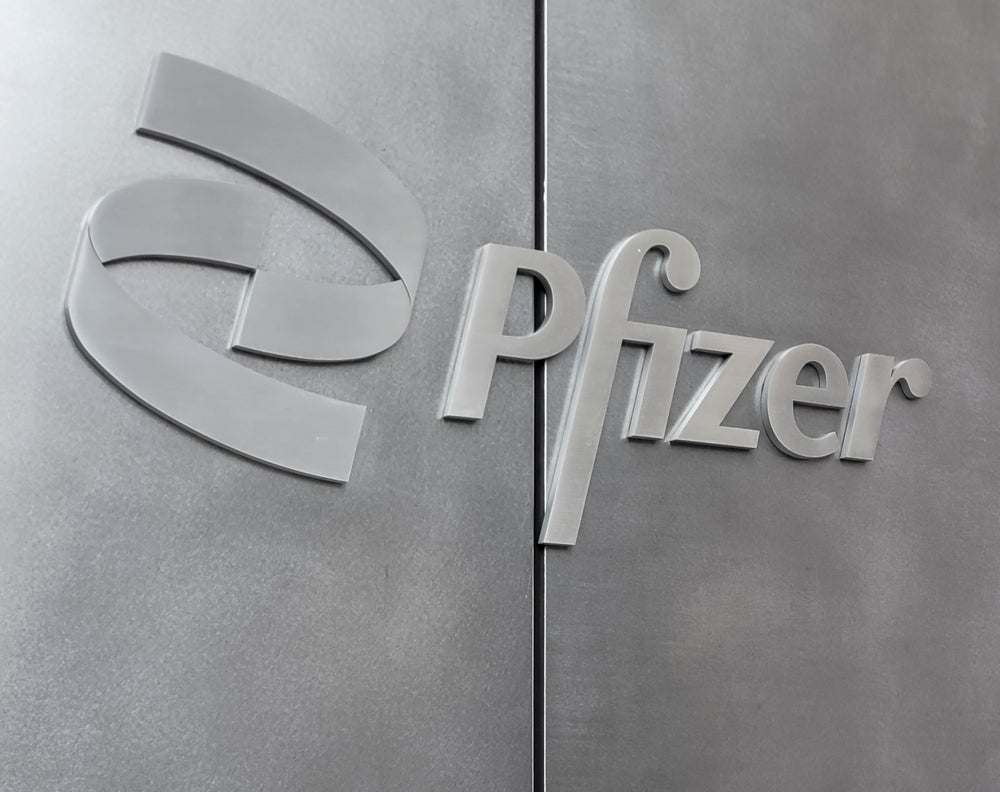Allergic conjunctivitis affects 10–20% of the global population and is typically treated with genericised antihistamines, mast cell stabilisers and corticosteroids.
Evidence suggests that there is a genetic component to the disease and severe morbidity is caused by symptoms such as swelling, itchiness, redness and photophobia.
Additionally, 95% and 87% of patients with allergic conjunctivitis present with atopic dermatitis and asthma, respectively.
Allergic conjunctivitis treatment
Lack of treatment options and ineffective medicines with an abundance of adverse effects have left this market with unmet needs, including the development of therapeutics that are suitable for long-term usage.
Globally, there are 633 marketed products for allergic conjunctivitis.
Most of these pharmaceuticals are small molecules and generics that target G protein coupled receptors (GPCRs), nuclear receptors and ion channels.
How well do you really know your competitors?
Access the most comprehensive Company Profiles on the market, powered by GlobalData. Save hours of research. Gain competitive edge.

Thank you!
Your download email will arrive shortly
Not ready to buy yet? Download a free sample
We are confident about the unique quality of our Company Profiles. However, we want you to make the most beneficial decision for your business, so we offer a free sample that you can download by submitting the below form
By GlobalDataIn GlobalData’s upcoming Frontier Pharma: First-in-Class Innovation in Allergic Diseases report, the authors note that 27 out of the 36 products in development for allergic conjunctivitis have a disclosed molecular target and are focused on modulating the innate immune response.
These products regulate the expression and activity of dendritic cells, T-cells, and B-cells, all of which are involved in the acute stage of an allergic reaction.
The market for allergic conjunctivitis is segmented into eight molecular target categories, of which the majority of products (51.4%) are modulators of GPCRs.
The second most common target class in the market is nuclear receptors, which account for 117 products (18.9%). These proportions starkly contrast with the pipeline, where GPCRs and nuclear receptors are targeted by 7.4% and 3.7% of products, respectively. Additionally, ion channels make up a smaller portion (3.7%) of the pipeline than they do of the market, where they account for 6.9% of marketed products.
Medicines targeting pathogens and eicosanoid signalling are not represented in the pipeline. This shift is signified by the emergence of four new target classes within the pipeline, which suggests that innovative strategies for this indication are in development to directly address the distinct pathophysiological features that distinguish allergic conjunctivitis from other atopies.
The four emerging molecular target classes in the pipeline are aimed at the processes of immunoregulation, cytokine release, immunoglobulin binding, and protein kinase activity.
While products that target T cell activation make up 0.2% of marketed products, this share substantially increases in the pipeline where this class accounts for 11.1% of products.
Global marketed and pipeline allergic conjunctivitis products by molecular target class, February 2019

Source: GlobalData, Pharma Intelligence Center
The pathophysiology of allergic conjunctivitis specifically relies on the activity of antigen presenting cells and T cell activation, which stimulate the production of immunoglobulin E (IgE), a mammalian antibody that facilitates the release of pro-inflammatory mediators such as histamines and prostaglandins. It is these mediators that cause redness, swelling and pain.
Long-term use of corticosteroids has been deemed unsafe due to adverse effects that can include diabetes, fluid retention, hypertension and osteoporosis.
Six first-in-class products are in the pipeline for allergic conjunctivitis, representing 22.2% of pipeline products with a disclosed molecular target. This is significantly lower than the industry average of 40%. Despite this, the emergence of new molecular target classes, which has been seen across indications within allergic diseases, indicates the potential for the development of commercially successful products to address the unmet needs in this therapy area.
GlobalData expects that innovation will continue to increase in this therapy area, which in turn is likely to encourage greater investment in research and development within this sector.
Related report
GlobalData (2019). Frontier Pharma: First-in-Class Innovation in Allergic Diseases, to be published










Related Company Profiles
Frontier Pharma Co Ltd